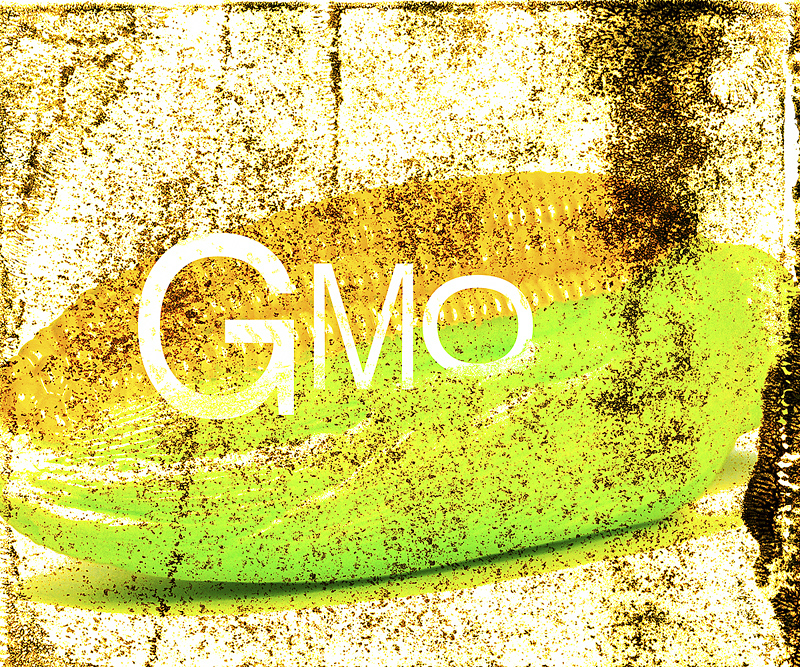
SATURDAY, Jan. 15 (HealthDay News) — Cigarettes start to destroy a smoker’s DNA within minutes of inhaling, new research indicates, suggesting that the habit causes immediate genetic damage and quickly raises the short-term risk for cancer.
“The results reported here should serve as a stark warning to those who are considering starting to smoke cigarettes,” lead study author Stephen S. Hecht, from the Masonic Cancer Center and department of pharmacology at the University of Minnesota in Minneapolis, said in a news release from the American Chemical Society.
Hecht and his colleagues reported their observations in the current issue of the journal Chemical Research in Toxicology.
In their research, the investigators focused on a class of cancer-causing culprits found in cigarette smoke called polycyclic aromatic hydrocarbons, or PAHs.
PAHs are known to inflict damage on DNA and are therefore thought to play a large role in the onset of lung cancer, a disease that the researchers pointed out has been linked to the loss of 3,000 lives a day worldwide, mostly as a consequence of smoking.
To date, however, little had been known about the exact mechanism by which PAH exposure causes disease.
To better understand the risks, Hecht’s team conducted what they called a “unique” analysis, by labeling and tracking a single PAH — phenanthrene — through the bodies of 12 volunteer smokers.
The study authors noted that this approach was “the first to investigate human metabolism of a PAH specifically delivered by inhalation in cigarette smoke, without interference by other sources of exposure such as air pollution or the diet.”
The results: having rapidly transformed in the body into a known toxin, the PAH in question began to cause havoc on the DNA of the smokers within just 15 to 30 minutes after smoking.
The velocity of the cancer-causing process surprised the research team. They said the speed with which the potentially lethal DNA assault began was comparable to having injected the PAH directly into an individual’s bloodstream.
More information
For more on the health risks posed by smoking, visit the U.S. National Cancer Institute.

